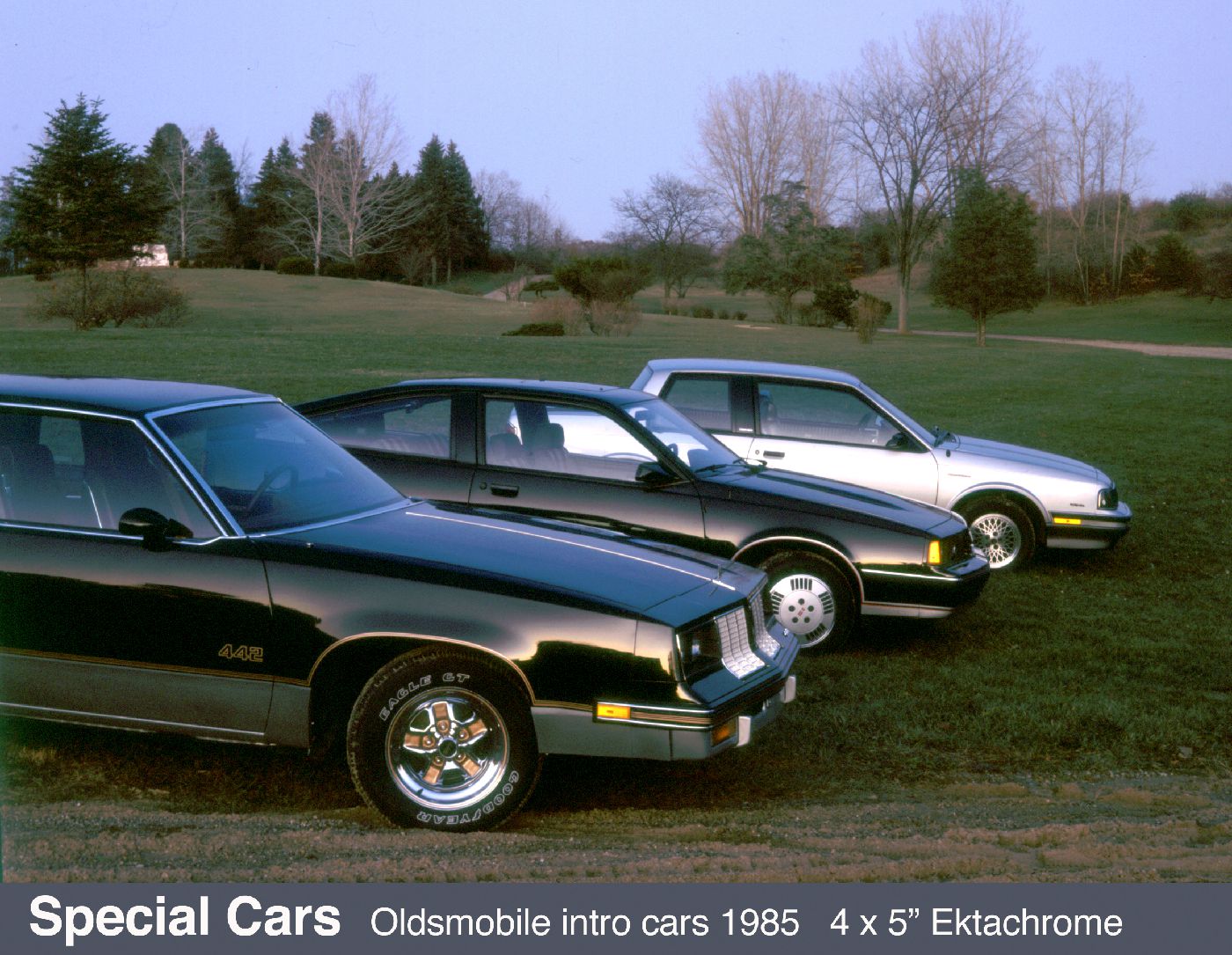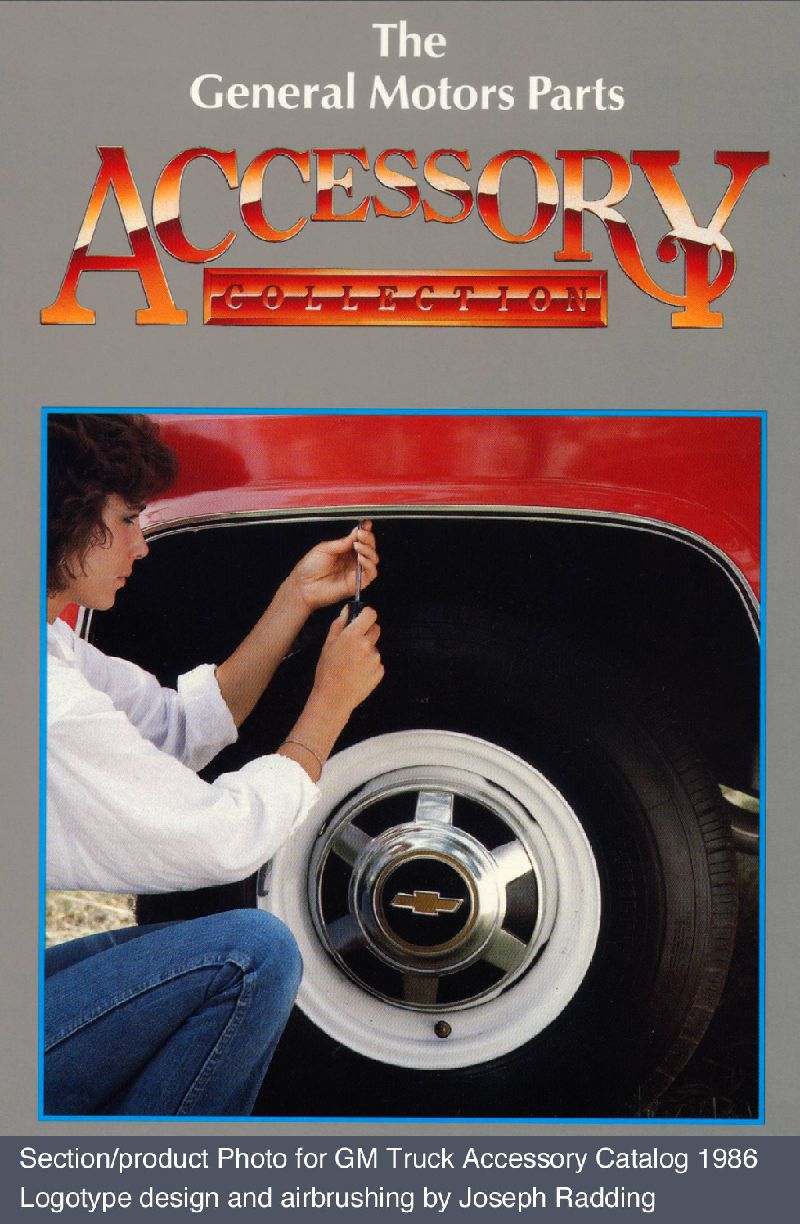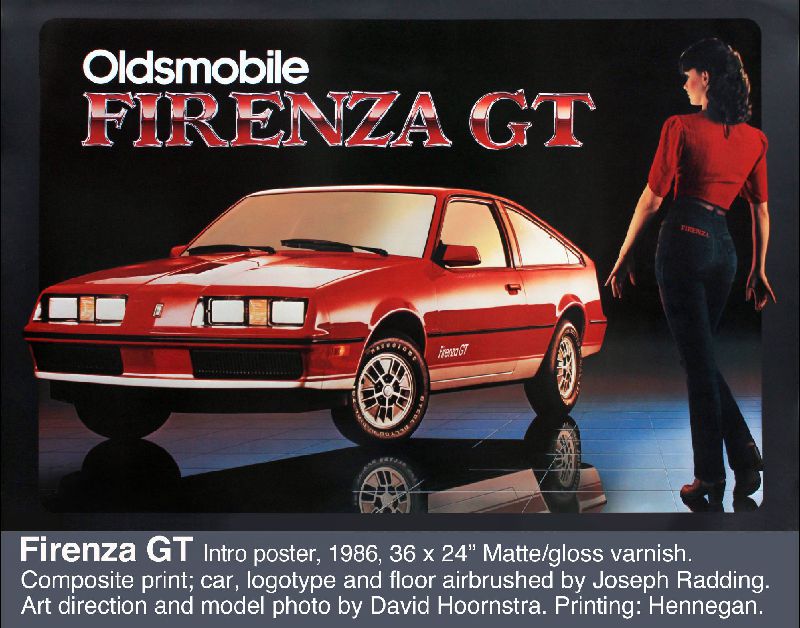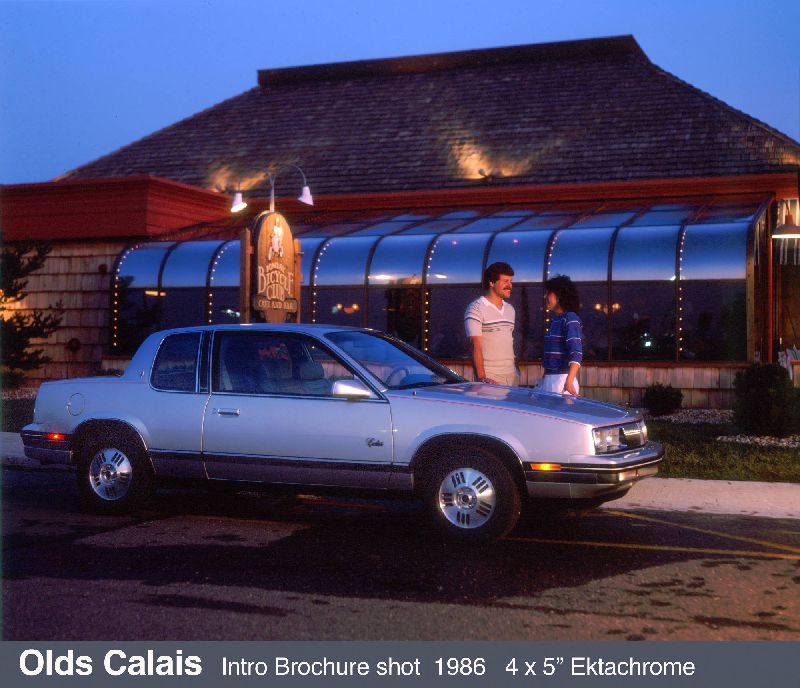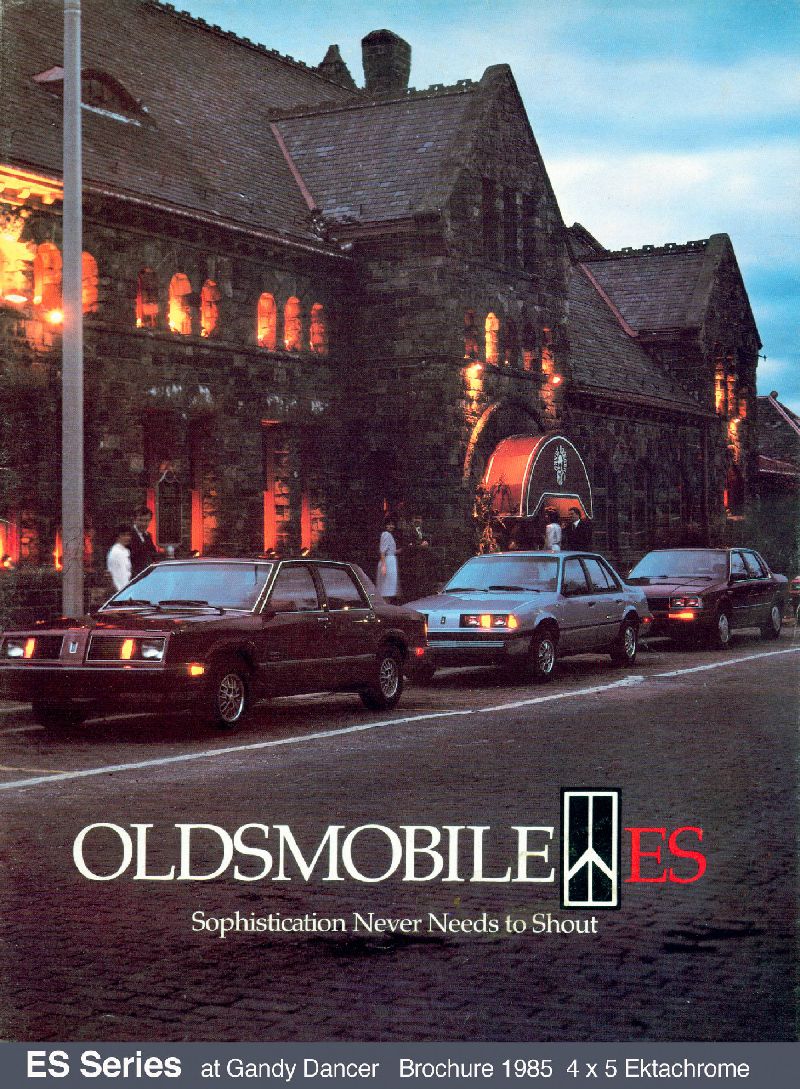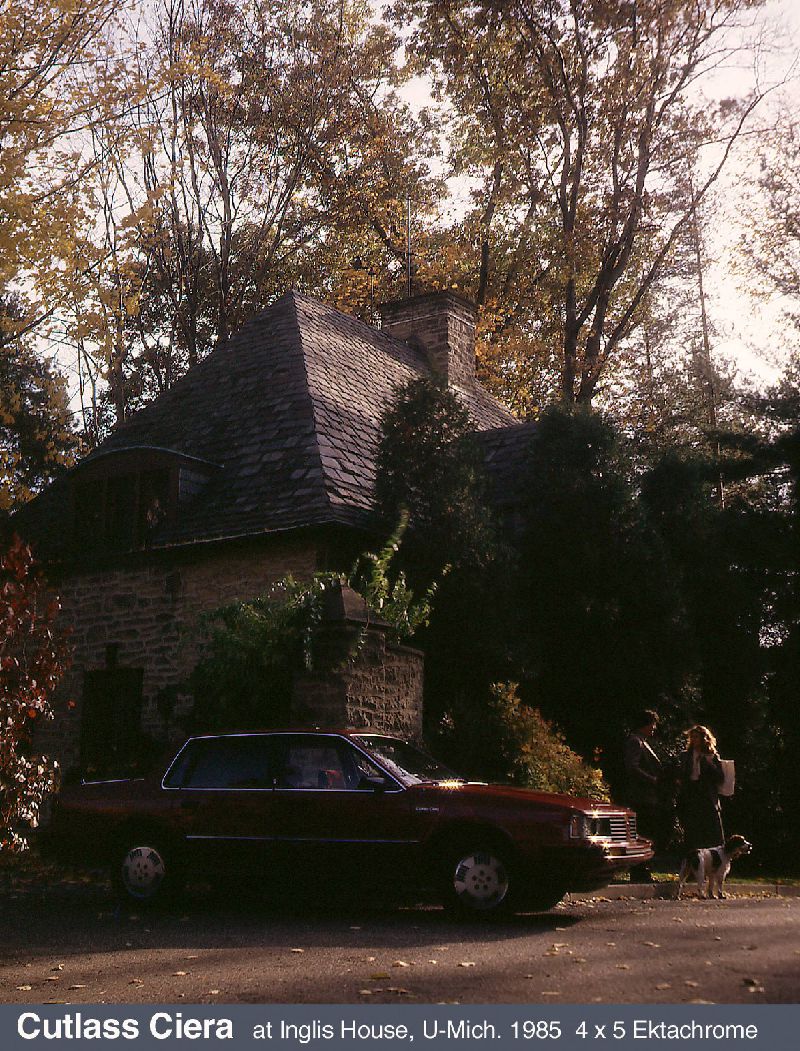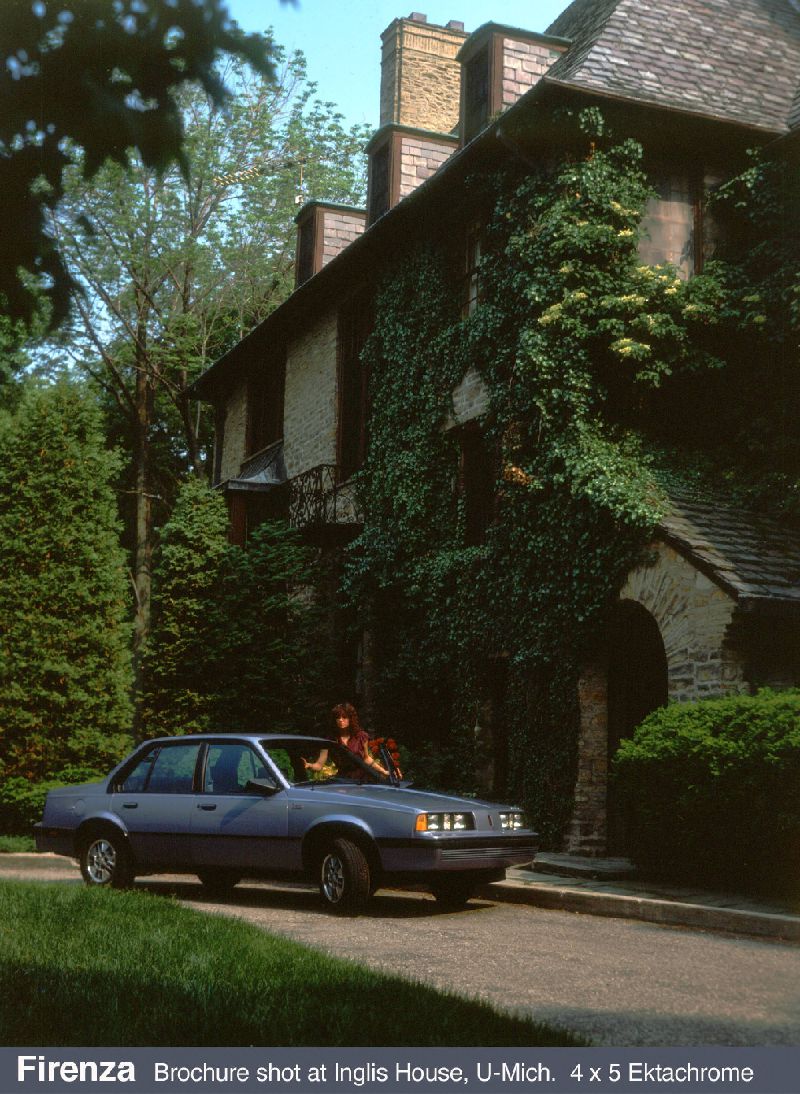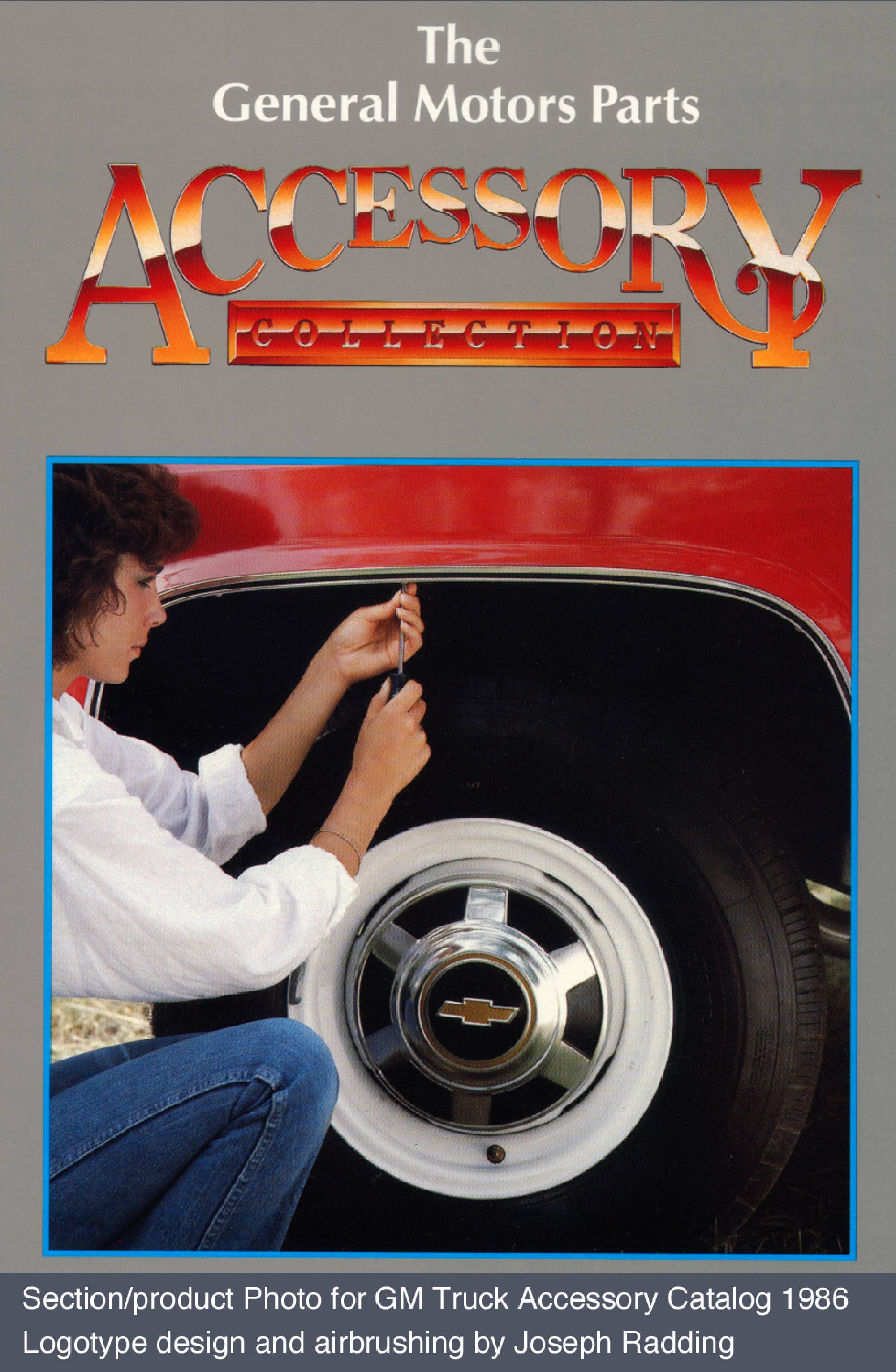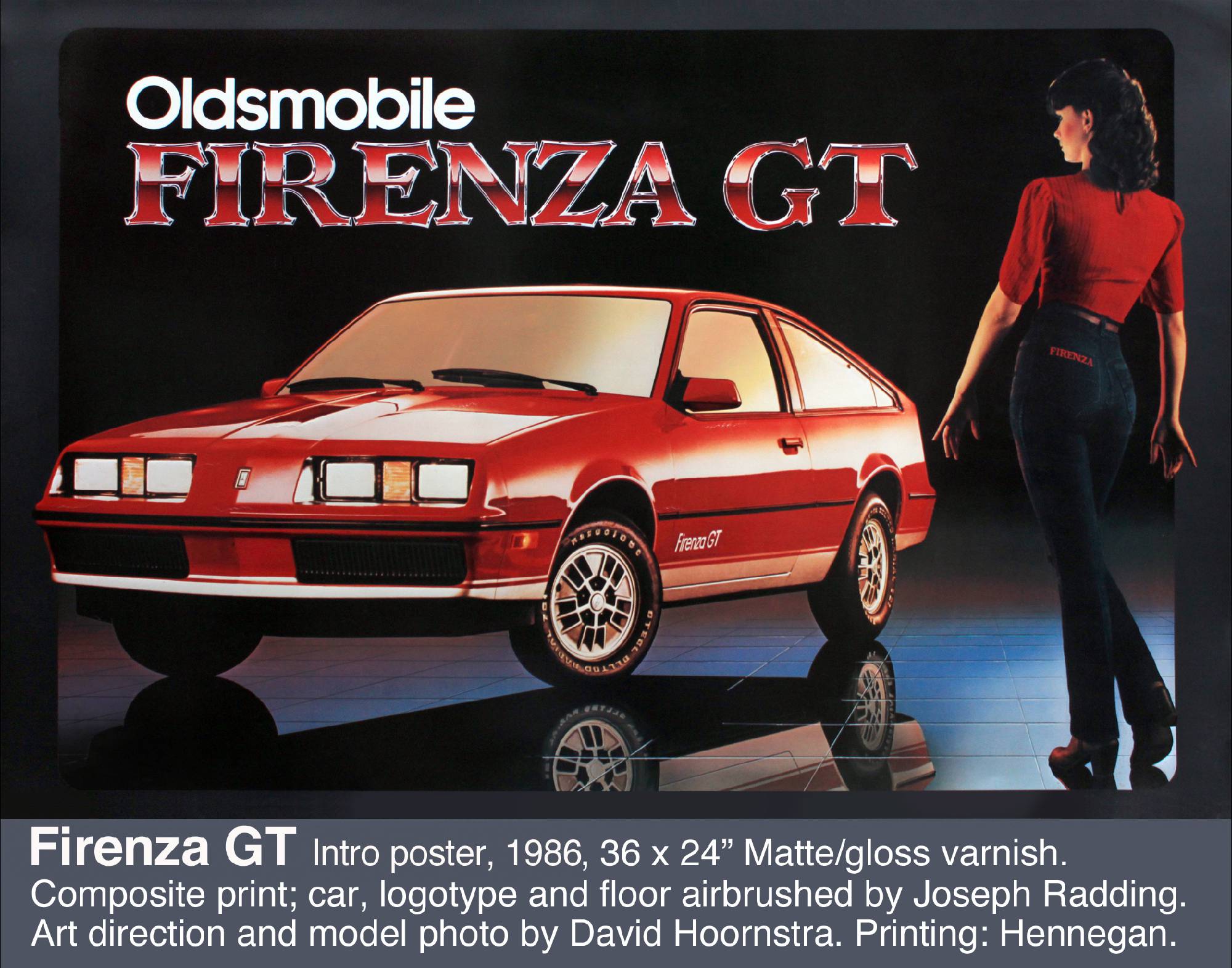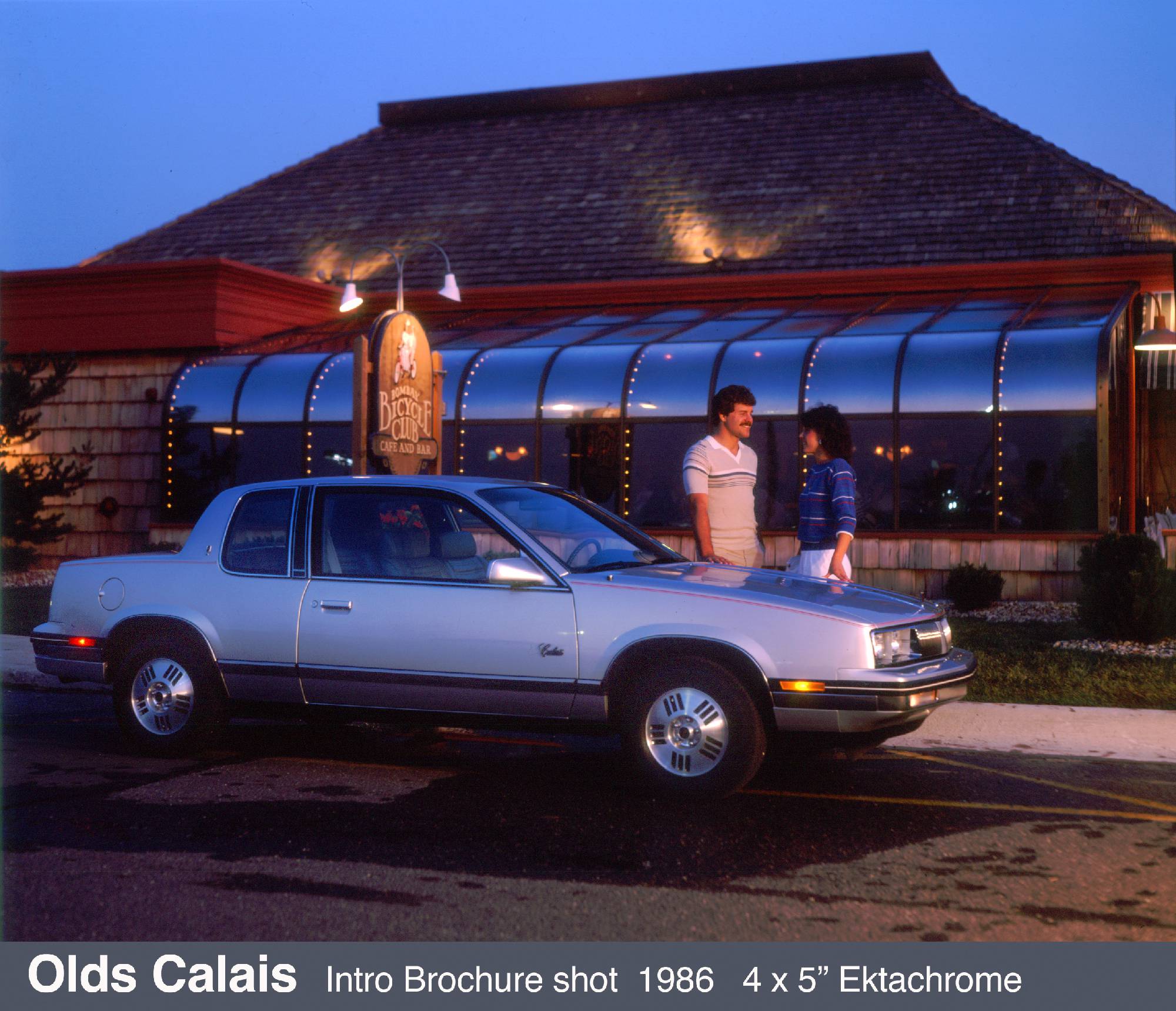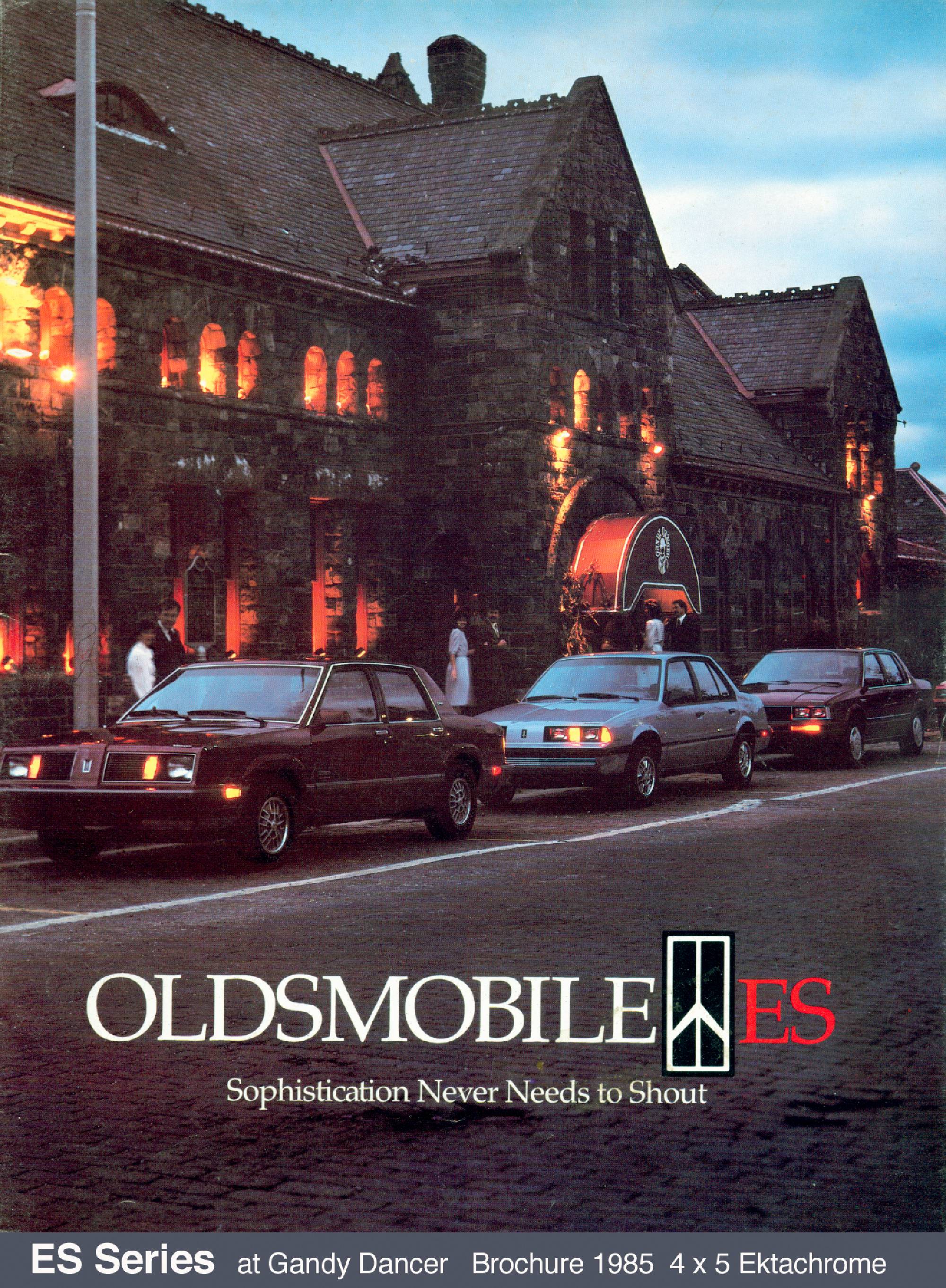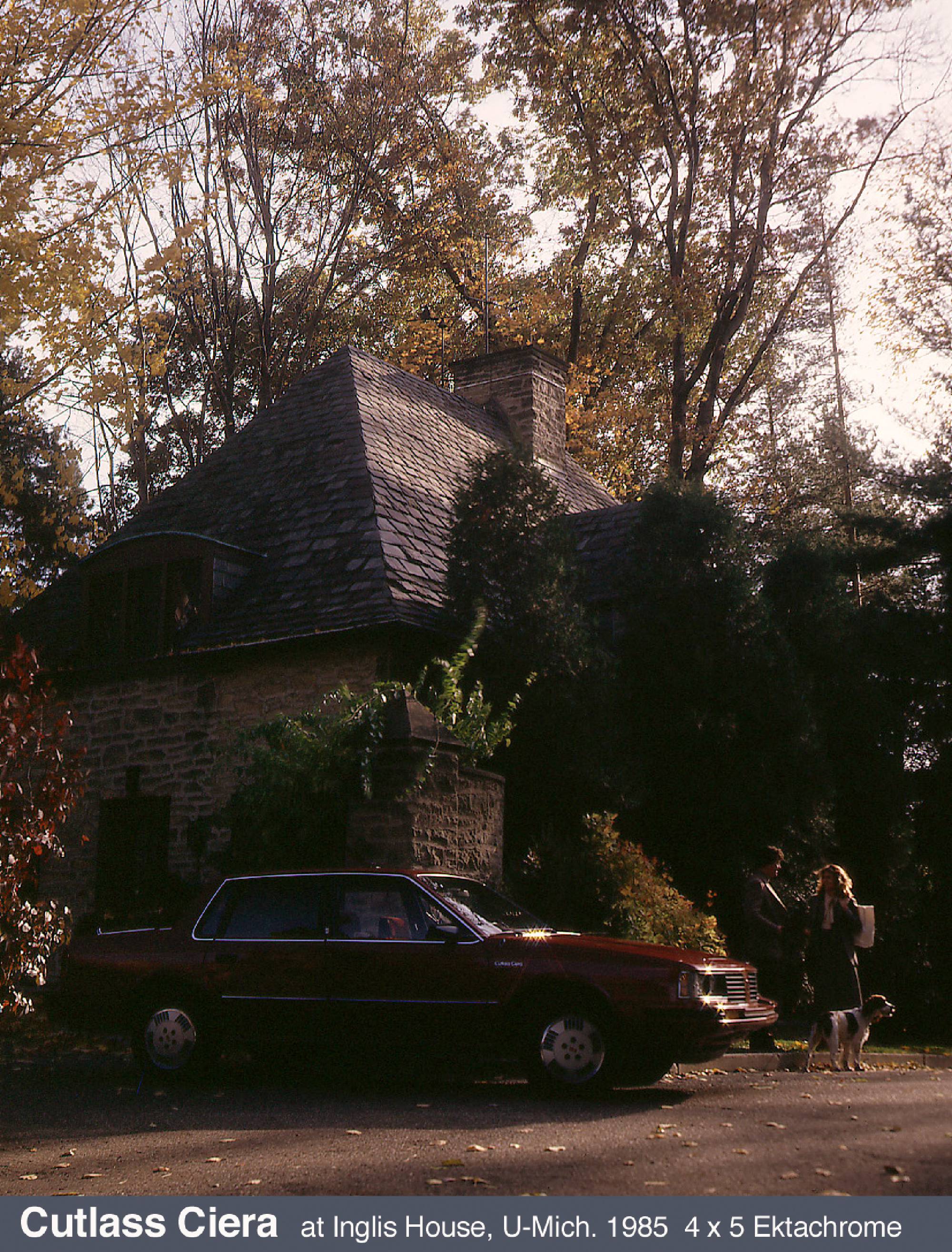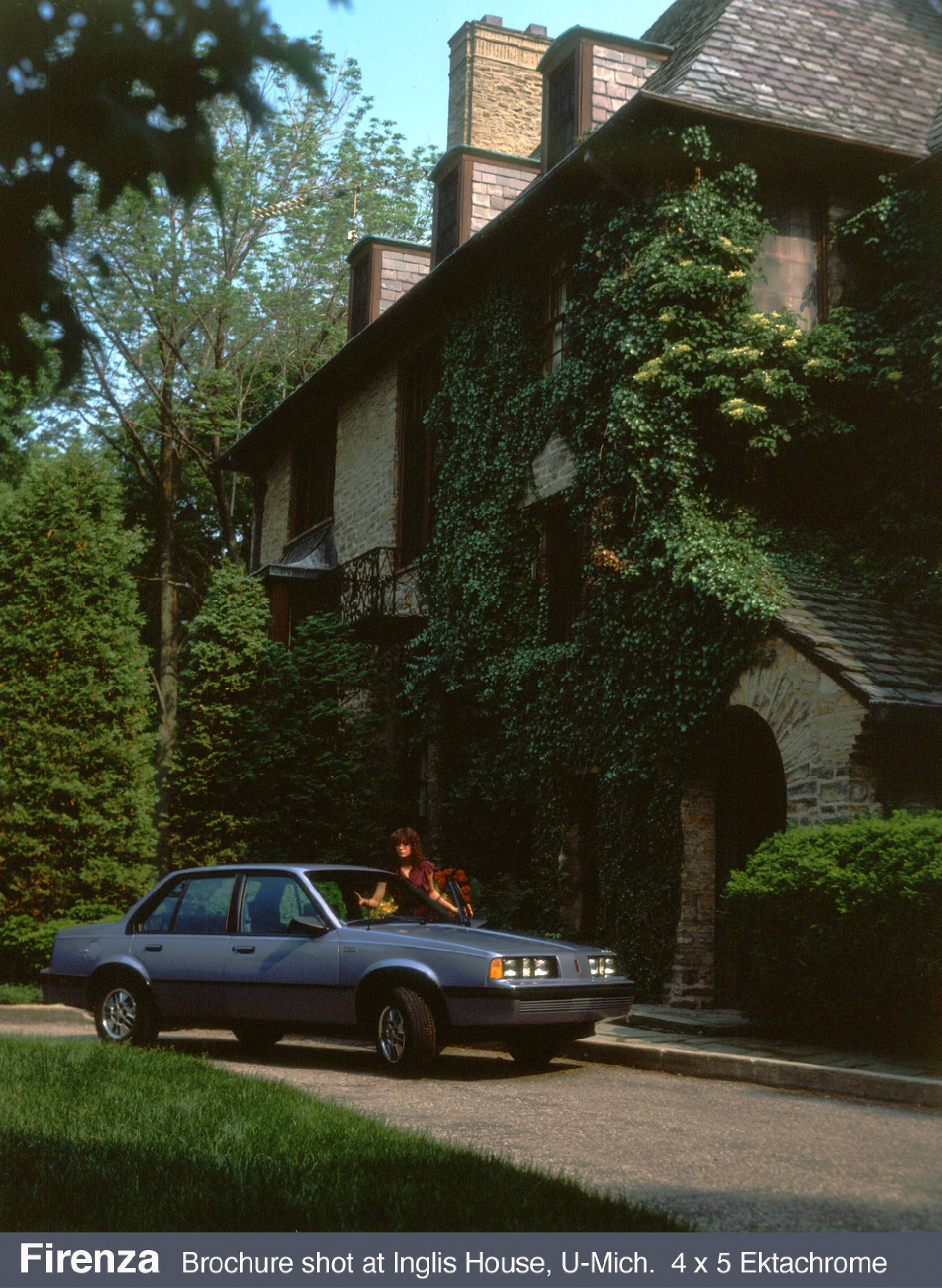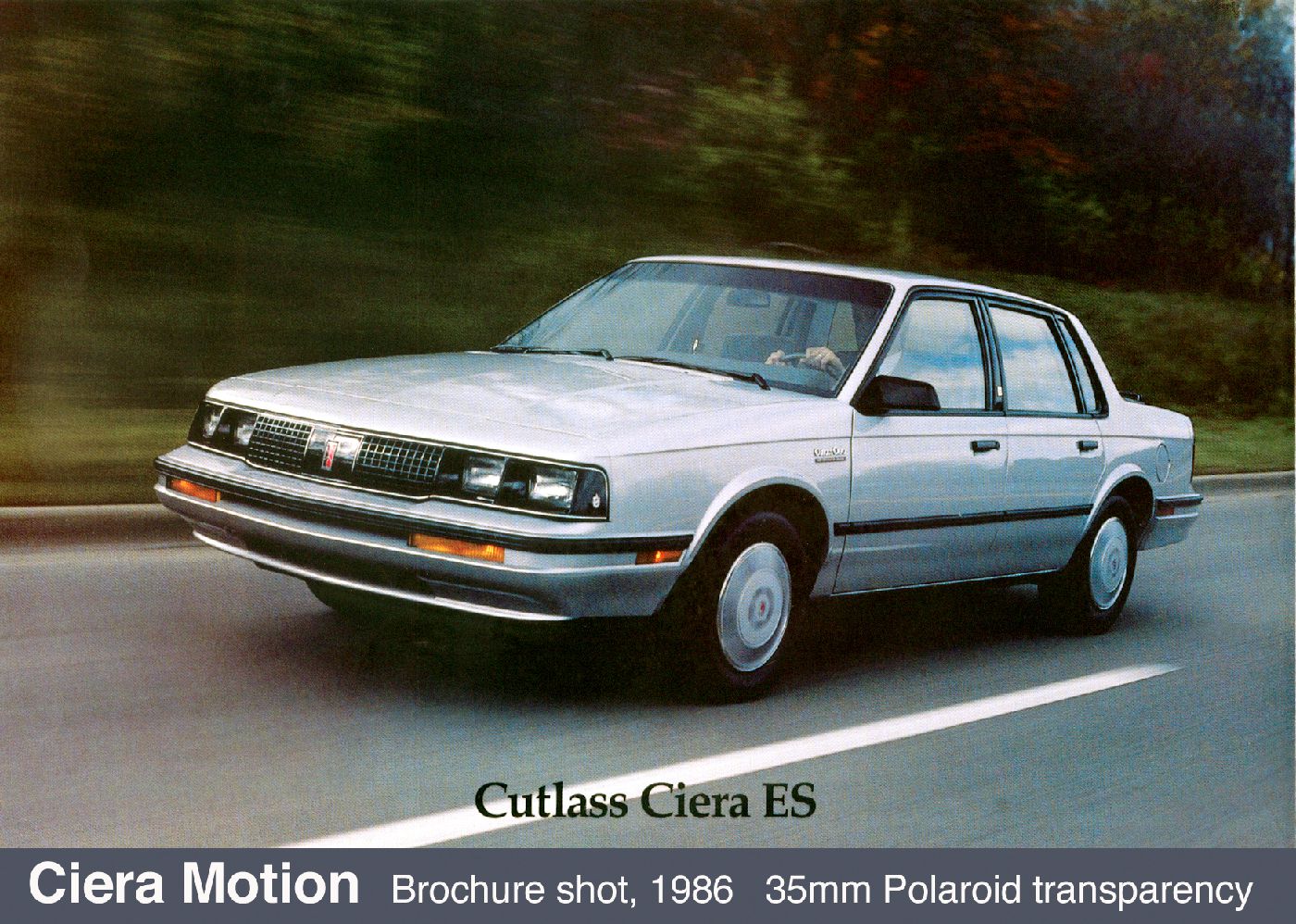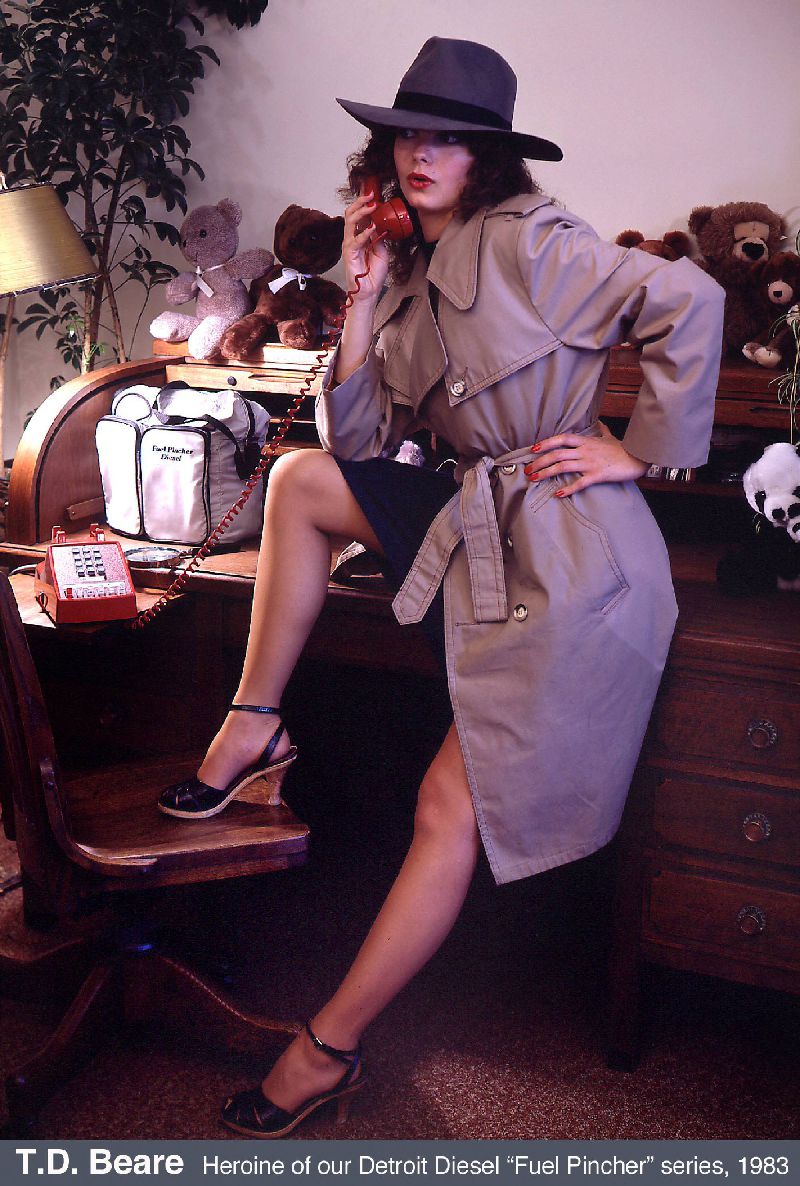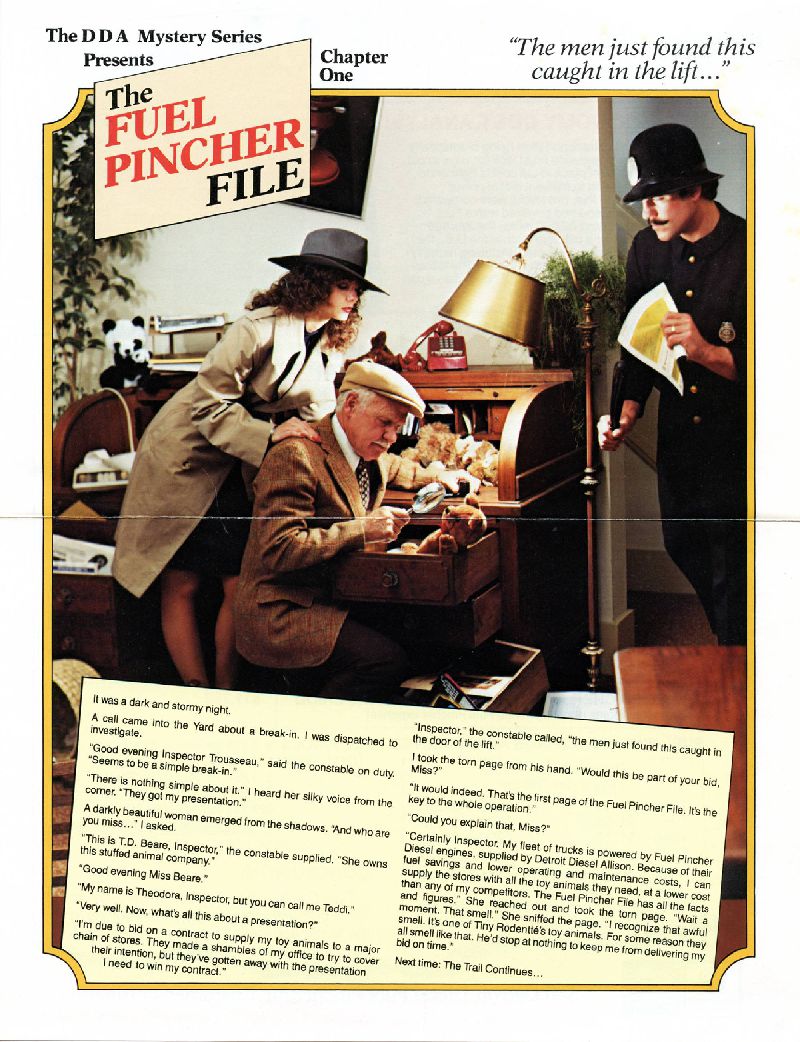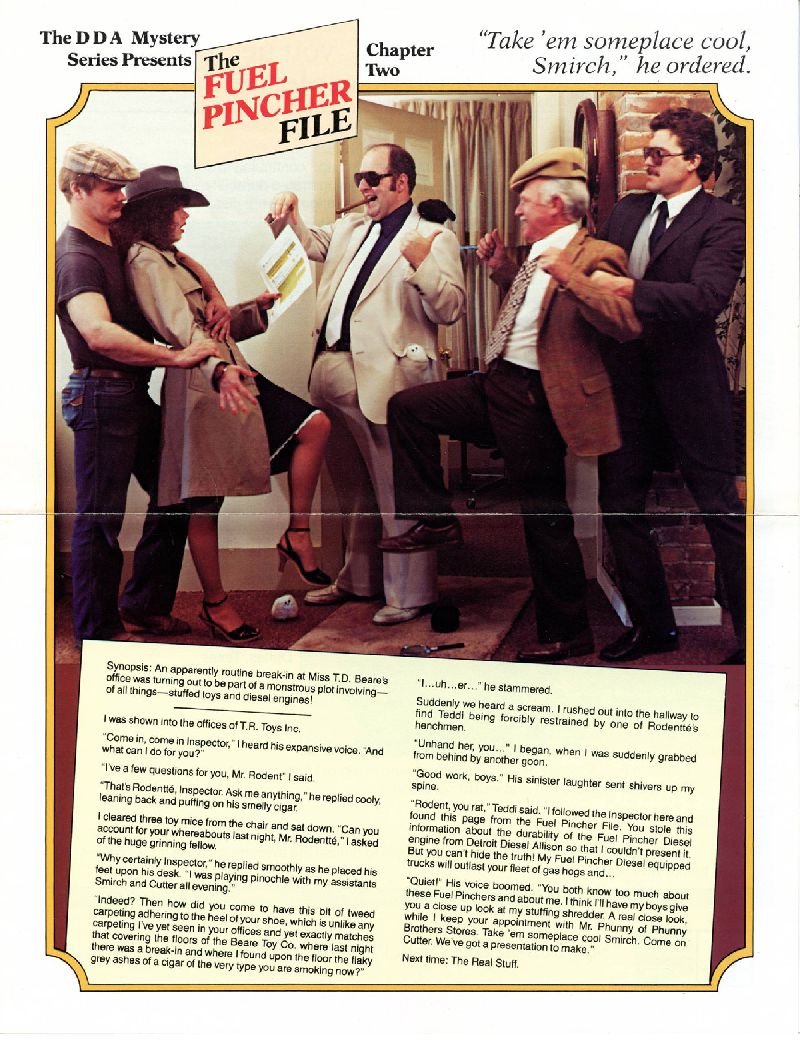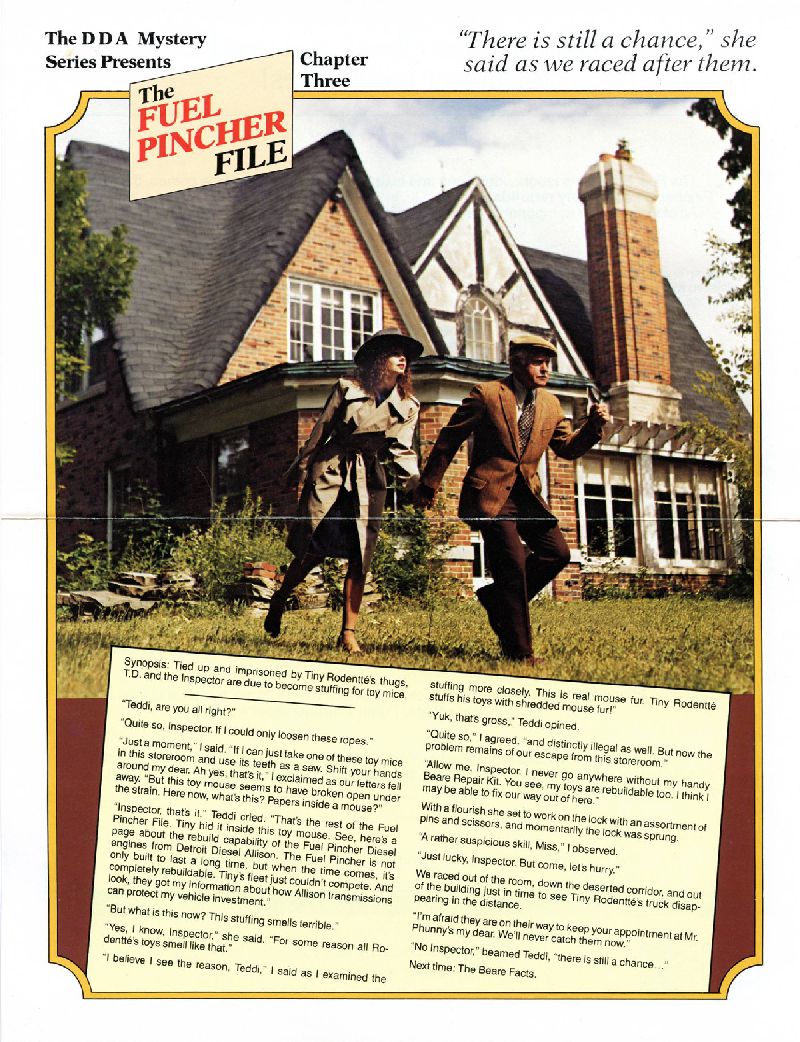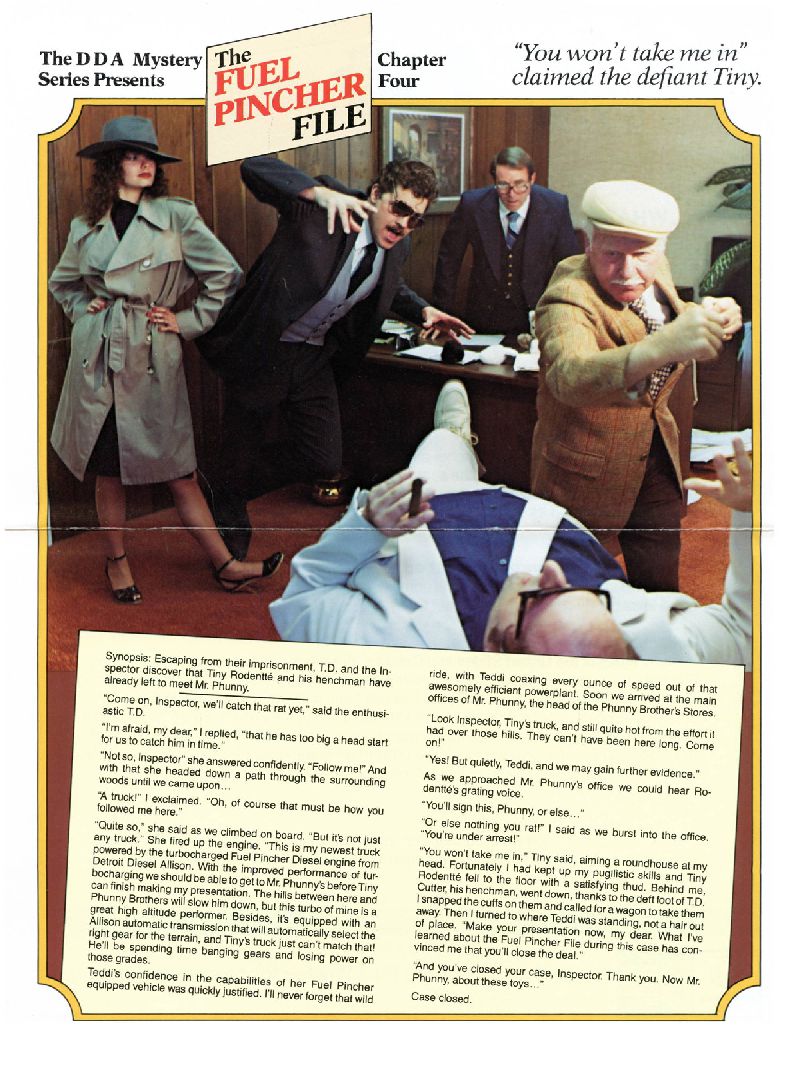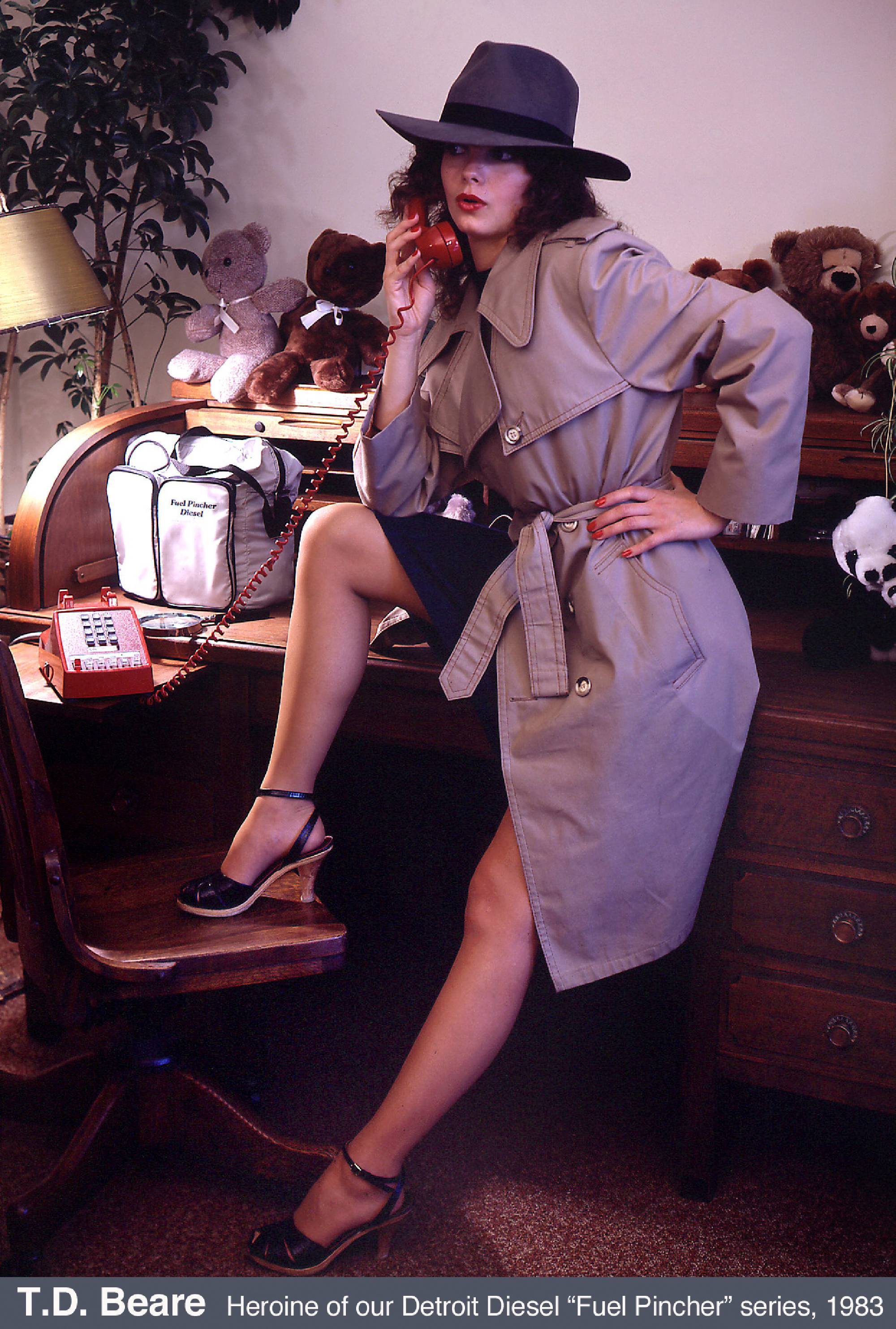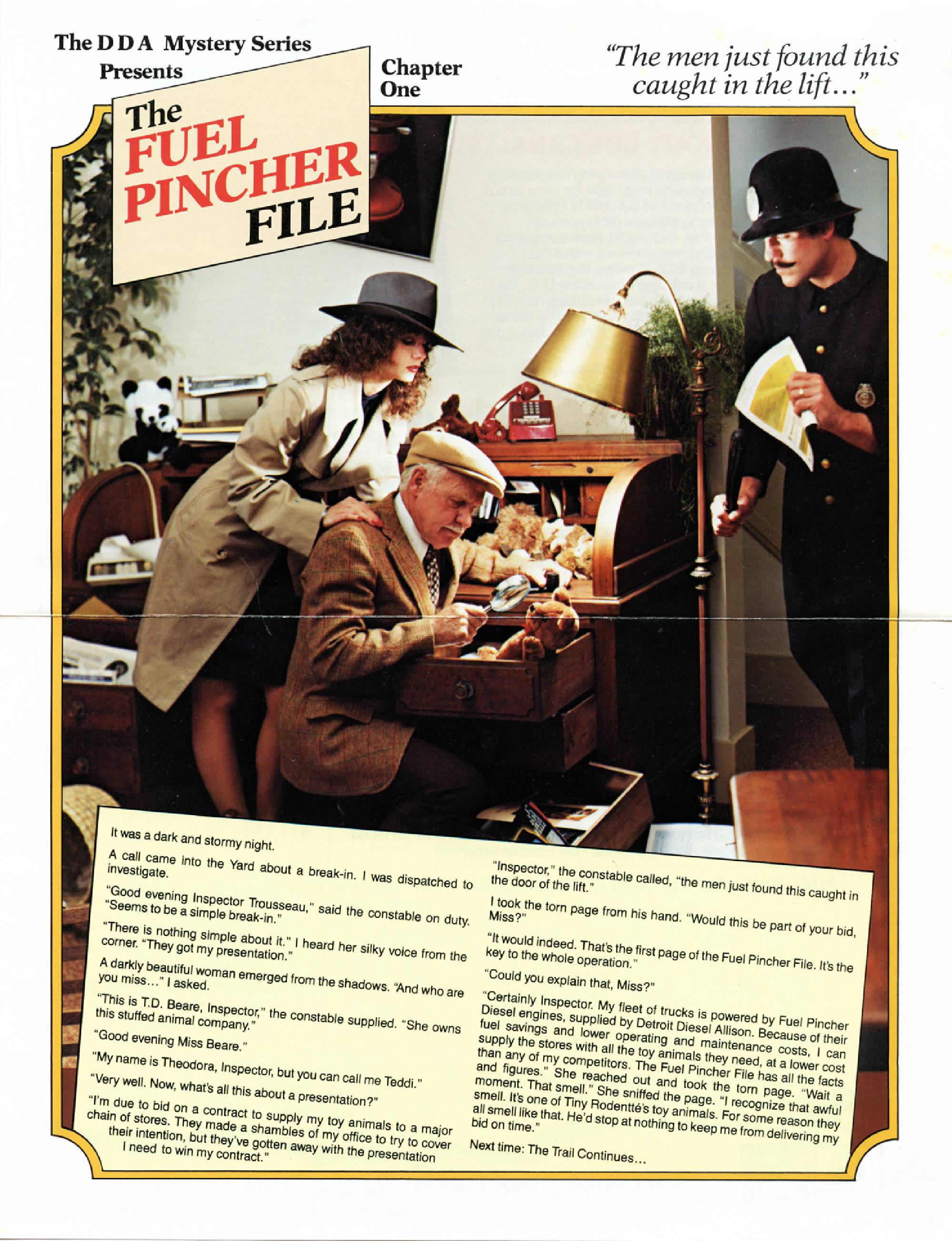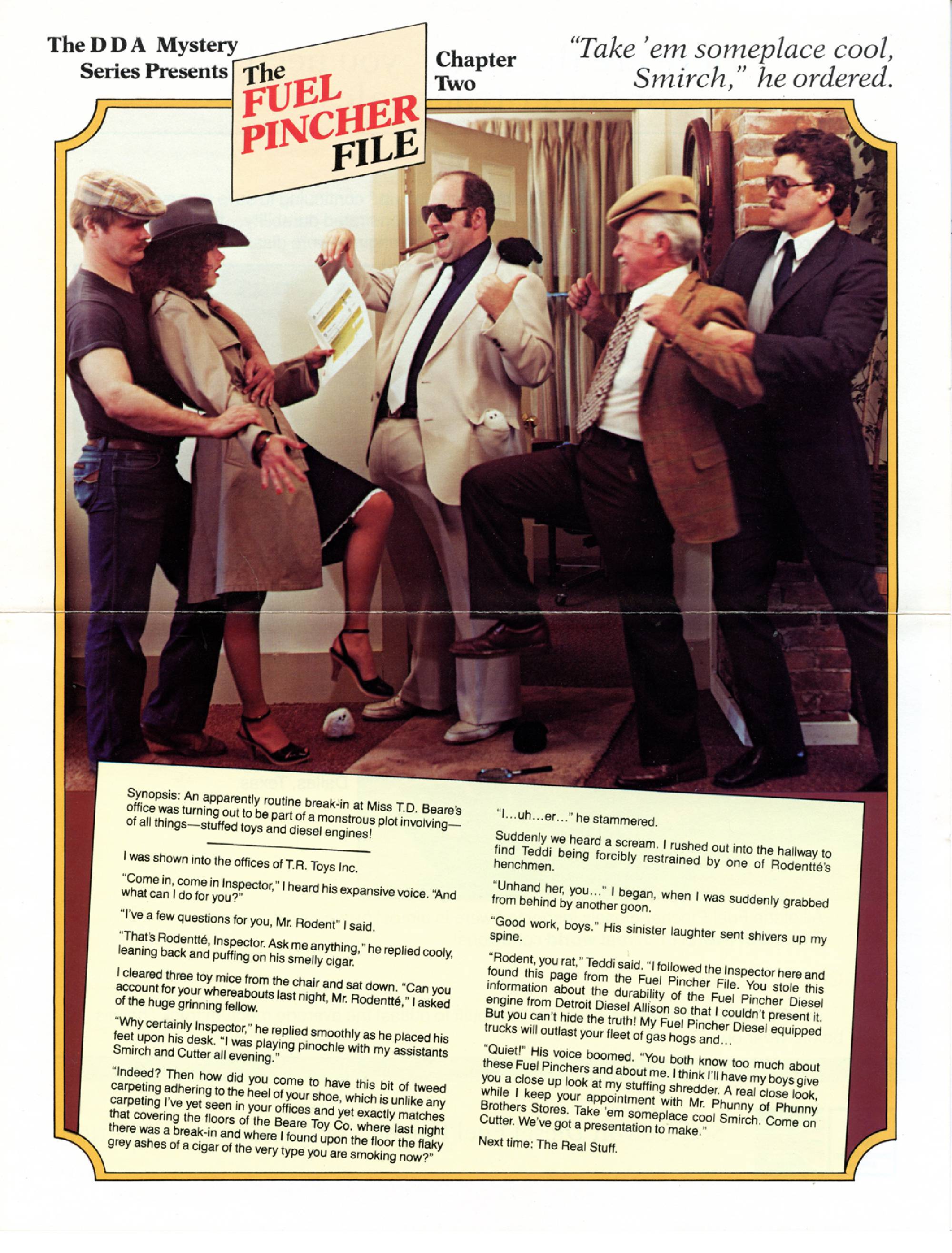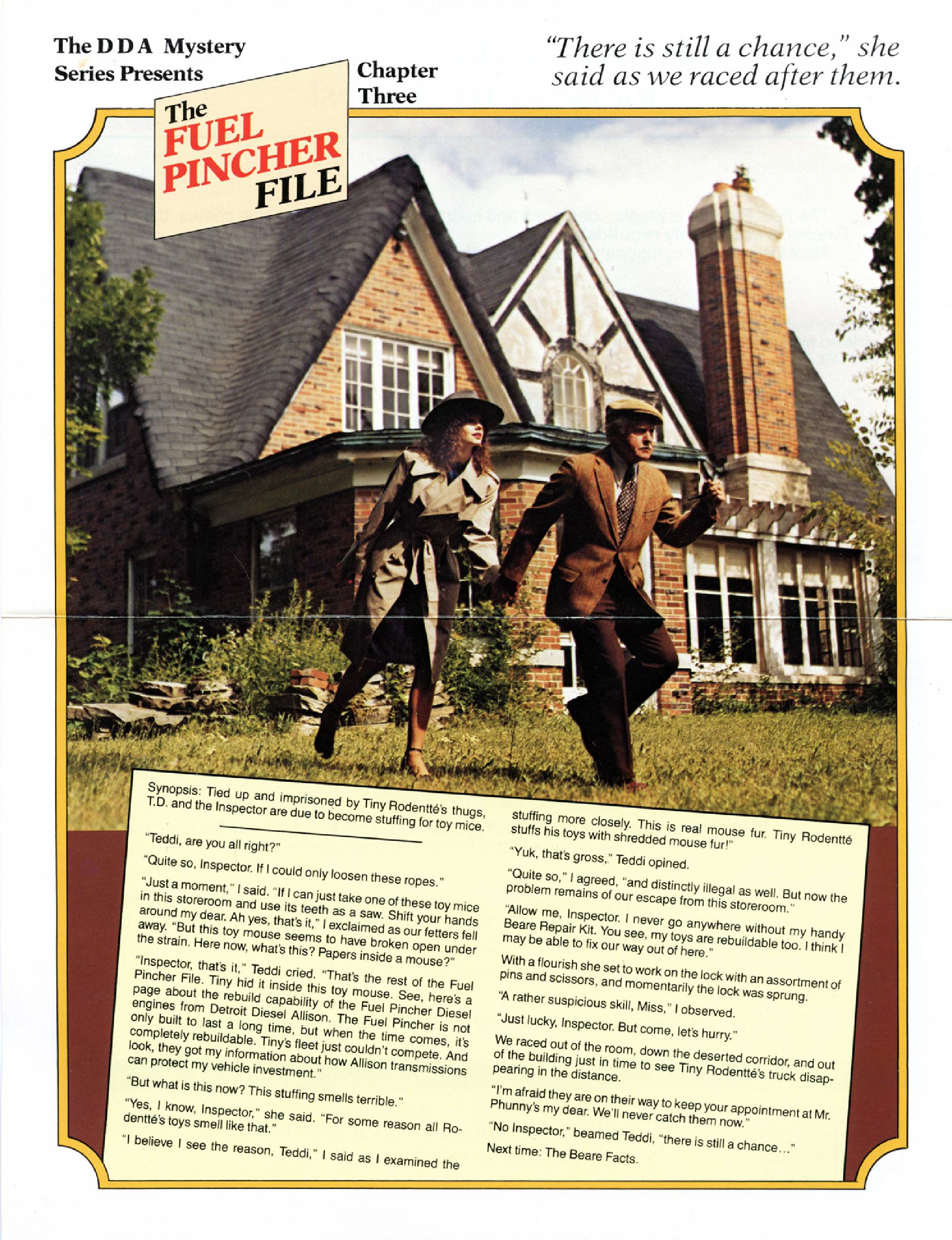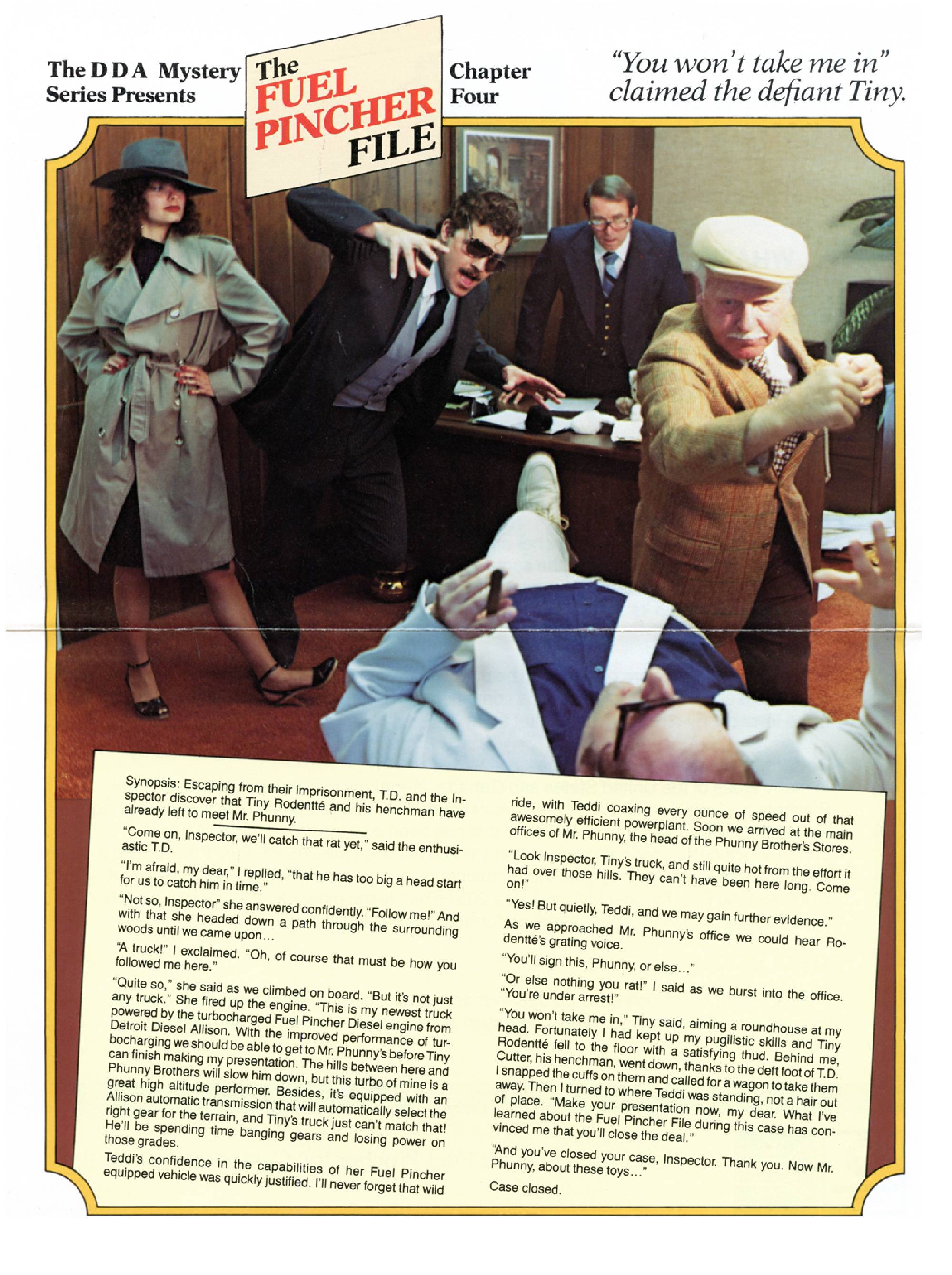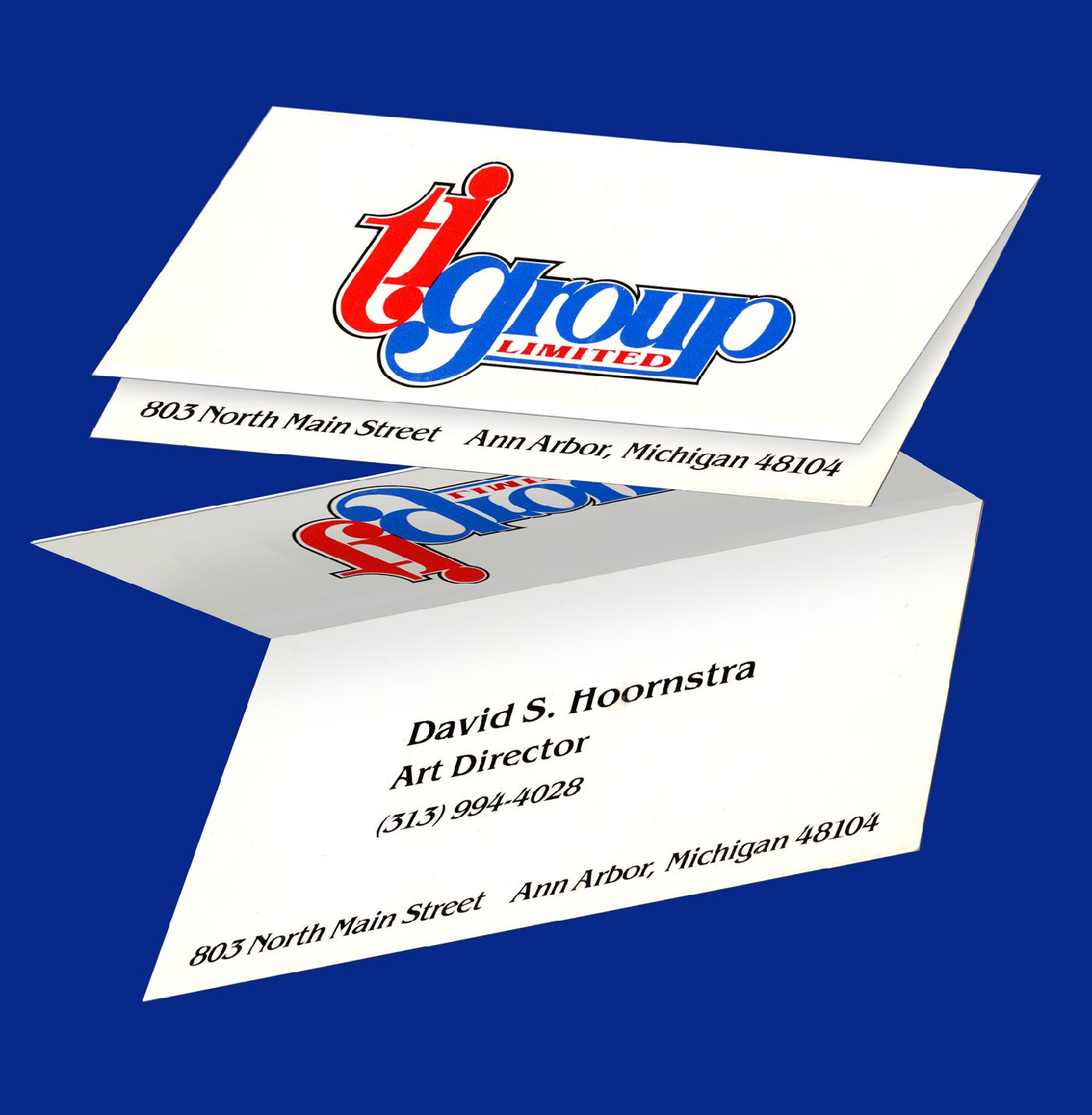
At TI Group in Ann Arbor (1980-89), we had to learn automotive work on-the-fly. Larry Bell got us in on the ground floor with GM Accessory catalog production. Soon we got the chance to replace outdated product photos with my really outdated 4 x 5 Graflex and hot lights in the kitchen of the old house on North Main we called our headquarters. Aside from travel in the British Isles, it was the most fun I’ve ever had with a camera.
American cars had always been shot on negative film, heavily airbrushed and never in motion. (Photoshop was a thing of the future.) For the Firenza GT we had to work with a dye transfer print from Olds’ agency or record and do it the old way.
But when Oldsmobile wanted to introduce their “ES” (Euro Styled) cars for 1985, they looked to our Ann Arbor agency for the sophistication they wanted.
We checked out Mercedes and BMW brochures. They used color transparency film for sharper images. Instead of retouching, they shot them right in the first place. "That’s the look,” we told Oldsmobile. I specified available light for realism. And to save huge indoor-studio rental cost.
